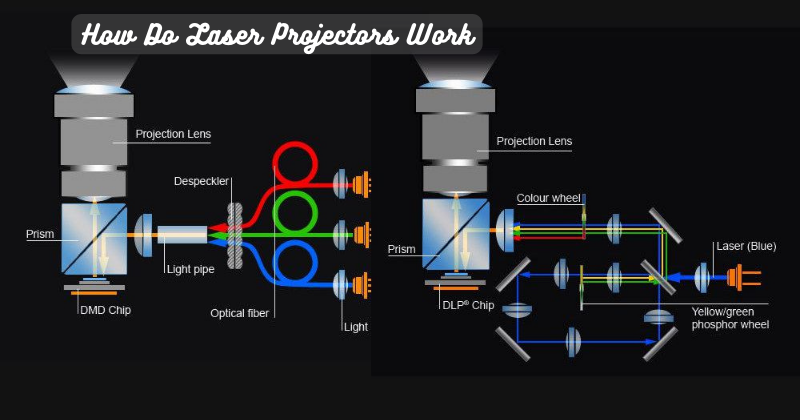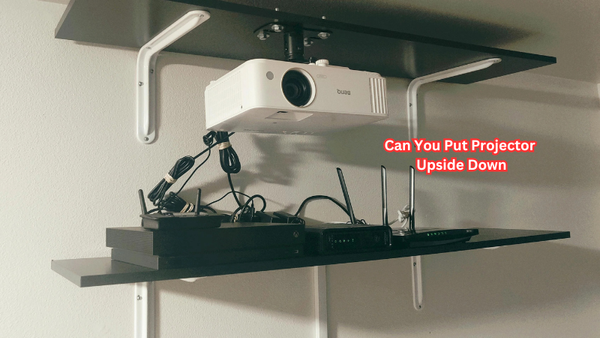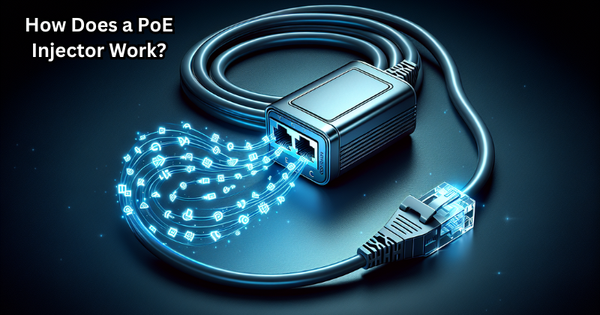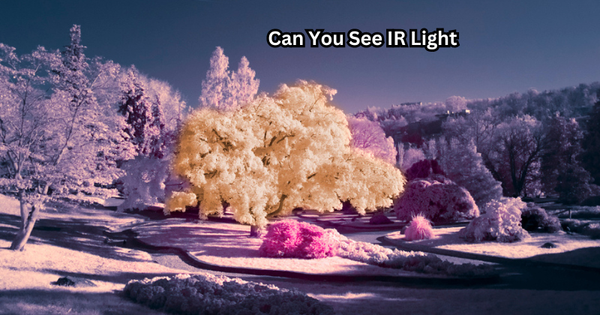Laser projectors have transformed how we perceive and enjoy visual content, providing breathtaking images with remarkable clarity and color accuracy. But have you ever wondered how these fascinating devices work?
Laser projectors utilize the power of lasers as their light source instead of conventional lamps. By emitting highly concentrated beams of light, lasers pass through a complex system of mirrors, lenses, and color filters to precisely control and shape the image projected onto a surface. The coherent nature of laser light enables sharp details and vibrant colors, captivating audiences with stunning visuals.
Moreover, laser projectors are renowned for their longevity, as laser light sources can last significantly longer than traditional lamp-based projectors. With their cutting-edge technology, laser projectors deliver an immersive and captivating visual experience across various applications, from home theaters to large-scale presentations and events. This guide will provide a deeper understanding of how laser projectors work.
What is a Laser Projector: Basic Components
Laser projectors are a modern projection technology utilizing laser beams instead of conventional lamps. Laser light sources emit highly focused beams of light that pass through a series of components to produce an image.
A laser projector is made up of several vital components that work together to produce an image. These include:
Laser Light Source:
As mentioned, the laser light source provides the concentrated light beams necessary for projection. Laser projection systems usually use three lasers - red, green, and blue (RGB) - to produce a full-color image.
Color Wheel or Filter:
Most laser projectors use a color wheel or filter system that rotates and superimposes red, green, and blue light to create a full-color image.
Scanning System:
The scanning system directs the laser beams across the screen to create a complete image.
Digital Micromirror Device (DMD):
The DMD is a semiconductor chip with thousands of tiny mirrors that tilt to reflect or block light, creating an image on the screen.
Projection Lens:
This lens focuses the light onto the projection surface, ensuring a clear and crisp image. Laser technology allows for high-quality lenses in projectors, resulting in superior image quality.
These are just some of the essential components of a laser projector, each playing a crucial role in producing stunning images.
What Are Laser Modules and Laser Diodes
Laser modules are the key elements to control and shape laser beams in a projector. These include a diode laser, a collimating lens, and beam-shaping optics. Diode lasers are small semiconductor devices that convert electrical energy into light, making them ideal for compact projectors.
On the other hand, laser diodes are tiny components within the laser module that emit light when an electrical current passes through them. Laser diodes are essential in providing the three primary colors - red, green, and blue - needed for full-color projection.
How Do Laser Projectors Work: The Process
Now that we have a basic understanding of laser projector components let's dive into how they work together to create stunning visuals.
The process begins with the laser light source, which produces red, green, and blue beams of light. These beams then pass through a color wheel or filter system, which combines them to create a full-color image. This image is then reflected off the DMD chip, where tiny mirrors tilt to either reflect or block light based on the desired image.
The scanning system directs these beams of light onto the projection surface, creating a complete and accurate image. The final step involves the projection lens, which focuses the beams of light, resulting in a sharp and vibrant image on the screen.
Many laser projectors also use advanced technologies such as liquid crystal on silicon (LCoS) and digital light processing (DLP) to enhance image quality and color accuracy further. Average laser projector refresh rates range from 120 Hz to 240 Hz, providing smooth and fluid motion on the screen.
So, the next time you enjoy a movie or presentation on a laser projector, remember the complex and precise process happening behind the scenes to create such stunning visuals.
How do Short Throw Laser Projectors Work?
Short-throw laser projectors work similarly to standard laser projectors, with the key difference being their placement and projection distance. Short-throw projectors use a special lens that allows them to be placed closer to the screen or wall, projecting images at shorter distances without any distortion or loss of image quality.
Additionally, short-throw laser projectors also utilize advanced technology, such as ultra-short-throw lenses and projection mapping, to create larger images at shorter distances. This makes them a popular choice for home theaters or smaller spaces where traditional projectors may not be feasible.
These projectors are ideal for small spaces such as classrooms and living rooms, as they can create large images even in confined areas. They also eliminate the risk of people walking in front of the projected image, making them perfect for interactive applications.
Pros and Cons of Laser Projectors
As with any technology, laser projectors have their own set of advantages and disadvantages.
Pros:
- Superior image quality with high color accuracy and brightness
- Longer lifespan compared to traditional lamp-based projectors
- Lower maintenance costs due to minimal replacement parts needed
- Energy efficiency with lower power consumption
- Wide color gamut for more vibrant and realistic images
- Versatile usage across various applications
Cons:
- Higher upfront cost compared to traditional projectors
- More complex installation and setup process
- Maintenance or repairs may require specialized technicians
- Potential safety hazards if not handled properly due to powerful laser light source
Despite the higher initial investment, the long-term benefits of a laser projector make it a worthwhile choice for those seeking high-quality visuals. Ultimately, the decision will depend on specific needs and budget.
What is a Laser Projector Used for?
Laser projectors have a wide range of applications, from home theaters to large-scale events and presentations. Their superior image quality, long lifespan, and flexibility make them a popular choice for various industries and uses.
Some common applications of laser projectors include:
- Home theaters: Laser projectors provide an immersive viewing experience with high-quality images in the comfort of your own home.
- Education: Laser projectors are popular in classrooms and lecture halls, providing clear and vibrant visuals for educational purposes.
- Professional presentations: Laser projectors are commonly used in corporate settings for conferences, product launches, and other events.
- Entertainment venues: From theaters to theme parks, laser projectors create captivating visual displays for audiences of all sizes.
- Digital signage: With their long lifespan and high brightness, laser projectors are ideal for digital signage in commercial and public spaces.
- Industrial uses: Professional laser projectors are also utilized in industrial applications such as 3D mapping, laser cutting, and holography.
These are just a few of the many applications of laser projectors, showcasing their versatility and capability to deliver stunning visuals in various settings. Next time you come across a laser projector, you'll have a deeper understanding of how this advanced technology works and its endless possibilities.
Are Laser Projectors Worth It?
The answer to this question ultimately depends on your specific needs and budget. If you are looking for superior image quality, energy efficiency, and long-term cost savings, then a laser projector may be worth the initial investment.
However, if your needs are more basic or you have a limited budget, traditional lamp-based projectors may still suffice. It's essential to consider factors like usage, maintenance costs, and desired image quality when making a decision.
Additionally, it's crucial to purchase a laser projector from a reputable brand with proper safety certifications to ensure safe and reliable operation. With the right considerations, a laser projector can be a valuable addition to your visual display setup.
Advancements in laser projection technology continue to push boundaries, and we can expect to see even more impressive developments in the future. So, before making a decision on whether or not to invest in a laser projector, carefully consider the potential benefits and drawbacks and determine if it aligns with your specific needs and goals.
FAQs
Is laser projector good for eyes?
Yes, laser projectors are generally considered safe for the eyes. They emit a focused laser beam and do not produce harmful levels of radiation or UV rays. However, it's essential to use them properly and avoid direct exposure to the laser light source. A laser projector projects a continuous beam of light that can be harmful if viewed directly.
Do laser projectors need a dark room?
No, laser projectors do not necessarily require a dark room to produce quality images. However, as with any projection technology, ambient light can affect the perceived brightness and contrast of the image. For optimal viewing experience, it's recommended to use laser projectors in a dimly lit or controlled lighting environment.
Do laser projectors use less electricity?
Yes, laser projectors are more energy-efficient compared to traditional lamp-based projectors. They use less electricity and produce less heat, resulting in lower operating costs and longer lifespan. This makes them a sustainable choice for those seeking environmentally friendly options.
Is a laser projector better than an LED?
Both laser and LED projectors have their own set of advantages. Laser projectors offer higher brightness and color accuracy, while LED projectors are more energy-efficient and have a longer lifespan. It ultimately depends on the specific needs and preferences of the user. So, it's best to research and compare different options before deciding.
Conclusion
In conclusion, laser projectors have revolutionized the world of visual display by harnessing the power of lasers to create stunning and immersive imagery. Laser projectors produce sharp details, vibrant colors, and exceptional image quality by utilizing highly focused and coherent beams of light.
This advanced technology allows for a more captivating and lifelike visual experience in various settings, from home theaters to large-scale events. Laser projectors also offer longevity and reliability, as laser light sources have significantly longer lifespans than traditional lamp-based projectors. This translates to lower maintenance costs and prolonged usage without compromising image quality.
As laser projectors evolve and become more accessible, they become the go-to choice for professionals and enthusiasts seeking exceptional visual performance. With their ability to transform any space into a mesmerizing visual spectacle, laser projectors have truly redefined the art of projection and set new standards for visual entertainment.





